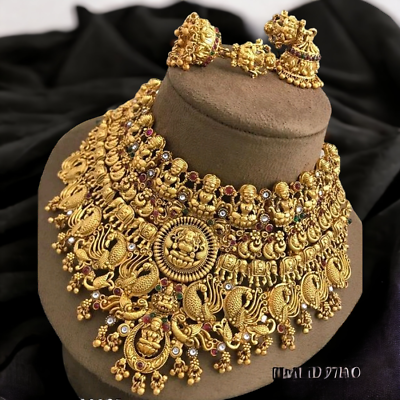Securing Precious Metal Standards Through Efficient Certification Practices
Securing Precious Metal Standards Through Efficient Certification Practices
Blog Article
Gold is one of the most sought-after valuable metals in the world. Its worth is not only based on its beauty but also on its rarity and the multitude of uses it has in varied industries. However, guaranteeing the quality of gold is crucial for purchasers and sellers alike. This is where efficient certification methods come into play. Certification aids to validate the purity and genuineness of gold, giving both buyers and investors confidence in their purchases.
The process of validating gold involves several phases. Firstly, the gold must be examined for its purity, which is usually gauged in carats. Pure gold is 24 karats, but gold is frequently mixed with additional metals to improve its strength and appearance. Testing can be performed through various techniques, such as acid tests or X-ray spectroscopy, which provide precise readings of the gold content. Once the testing is finished, a certification body can provide a report that validates the gold's quality, guaranteeing that buyers know exactly what they are receiving.
Certification not only safeguards consumers but also assists maintain the credibility of the gold market. Reputable certification organizations establish rigorous standards that gold must meet before it can be certified. These standards include responsible sourcing, meaning that the gold should be acquired in a way that does not damage the ecosystem or exploit workers. By complying to these standards, certified gold promotes responsible mining methods and advocates for sustainability in the industry.
Another important aspect of gold certification is tracking. Many consumers today are interested in knowing where their gold comes from and how it was manufactured. Certification methods often include a traceability system that this hyperlink traces the gold from source to market. This clarity is vital in building trust between purchasers and vendors. When consumers know the origin of their gold, they can make educated decisions, and this can lead to increased importance of gold certification interest for ethically sourced products.
In summary, efficient certification practices play a critical role in guaranteeing gold quality. They provide confidence to buyers about the purity and genuineness of their acquisitions, while also promoting responsible and sustainable practices within the gold sector. As the interest for gold continues to grow, maintaining high standards through certification will be crucial for building trust and integrity in the industry. By supporting certified gold, buyers can aid to a more responsible and transparent sector.